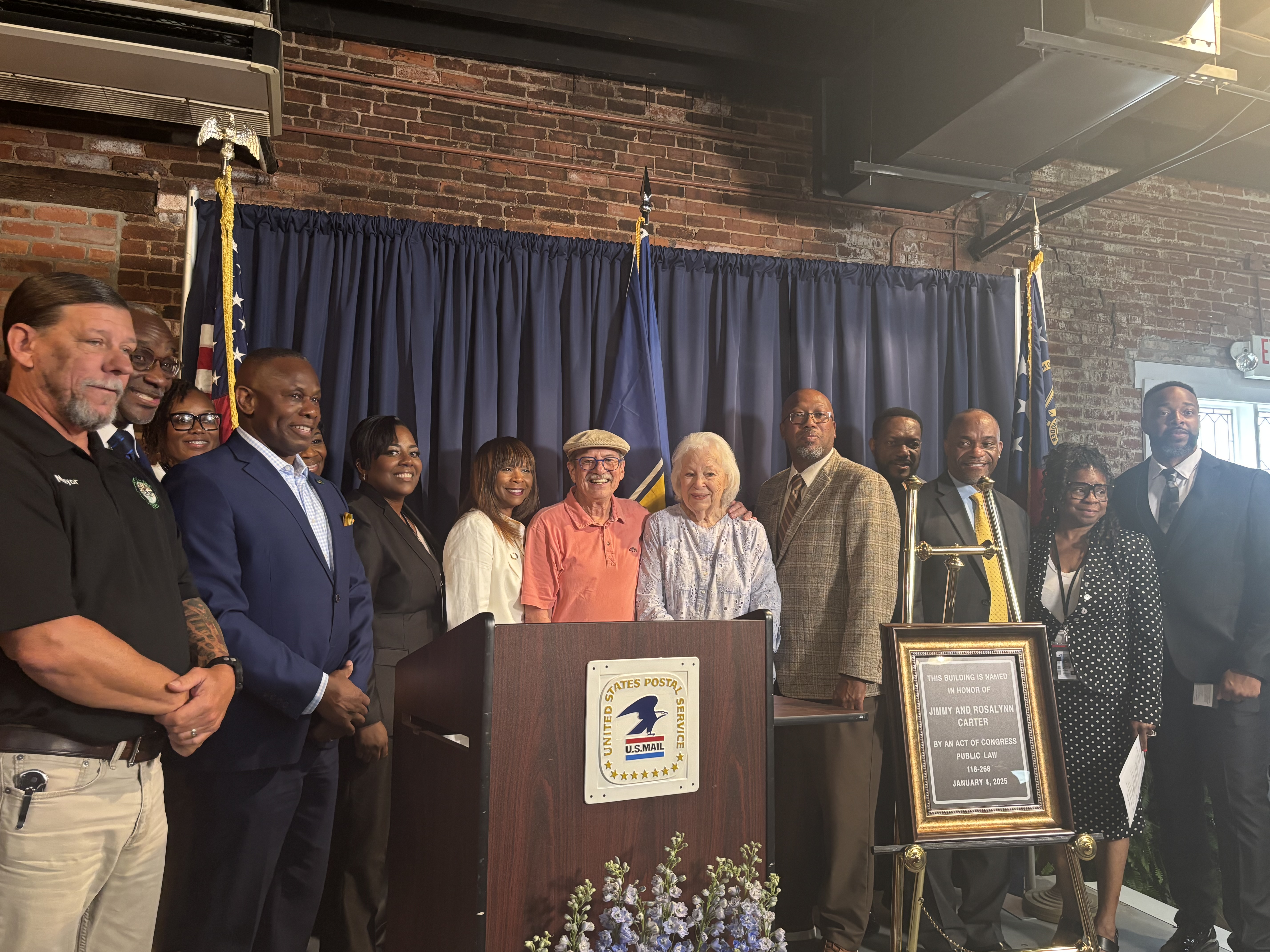Super villain on the march
Published 10:23 am Wednesday, June 19, 2019
When I was growing up we only had a couple of super heroes; we had Spiderman, Batman, and probably the one people will remember the most, Superman. Superman had super strength, x-ray vision, was bullet proof, and most importantly he could fly. It would seem that Superman was the perfect superhero, but he had one weakness; that’s right Kryptonite. Kryptonite would make Superman weak as a newborn kitten. There was always a super villain that would know about these weaknesses and try to exploit them.
Well. it won’t be long before a somewhat small super villain will be trying to exploit one of our super turf grasses. I am talking about chinch bugs in St. Augustine grass. Now don’t get me wrong; St. Augustine isn’t the superman of grass but it is a very popular option for homeowners all around our area. It is popular for good reason; it is a very attractive, deep-green color that will tolerate some shade, and will spread relatively quickly if given the proper management. But probably the greatest disadvantage to St. Augustine is its sensitivity to chinch bugs. Chinch bug adults as well as nymphs feed on St. Augustine grass down in the thatch layer ultimately killing the grass which can contribute to weed invasion.
You might think chinch bugs would be this giant, ferocious-looking bug that could easily be seen; however, that is not the case. Adult chinch bugs are about 1/8 to 1/10 of an inch long; their wings are folded flat black and are shiny white with a triangular shaped black marking in the middle of the outer edge of each wing. Look for chinch bug damage in open sunny areas near sidewalks and driveways and in the center of your lawn. Infested turf will have slower growth, will turn yellow, and then brown’ then it will eventually die. Dry weather seems to favor the spread of chinch bugs and makes the damage more noticeable. The damage is often confused with drought, so sometimes the damage goes unnoticed. Fortunately we have had adequate rainfall so far this summer, but you can bet those drier days are ahead of us.
There are also several diseases that give the grass a similar yellow-brown appearance, so proper identification of the pest is crucial, so the proper treatment method can be recommended. One easy way to check for chinch bugs is to cut out both ends of a metal coffee can. Push the can in the ground 2-3 inches in a green or yellow area of the turf (not dead). Slowly fill the can with water; a little soap added will help to bring the chinch bugs to the surface. Keep the water level above the soil surface and count the number of chinch bugs that float to the surface in 5 minutes. Or you can just pour out the soapy remains left over after washing your car. If nothing emerges in the first sample area, be sure to check several other areas.
Superman needed outside intervention to overcome the effects of Kryptonite, so will your St. Augustine. There are several treatment options available for the control of chinch bug. Insecticides containing acephate, bifenthrin, or carbaryl may be used; there are others available as well. Some products, especially granular formulations, need to be watered in after application to help get the product down to the thatch layer where the chinch bugs thrive. Sometimes spot treatments may be very effective, because spot treatments will allow conservation of the natural enemies of chinch bugs, which can play a significant role in chinch bug management. Even Superman needs a little help every now and then and so does your super St. Augustine.
Bill Starr is Sumter County Extension coordinator and ANR agent, University of Georgia Cooperative Extension Service. Contact him at 229-924-4476.
|
|
|||





